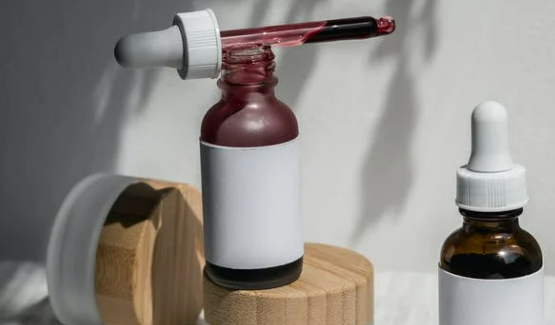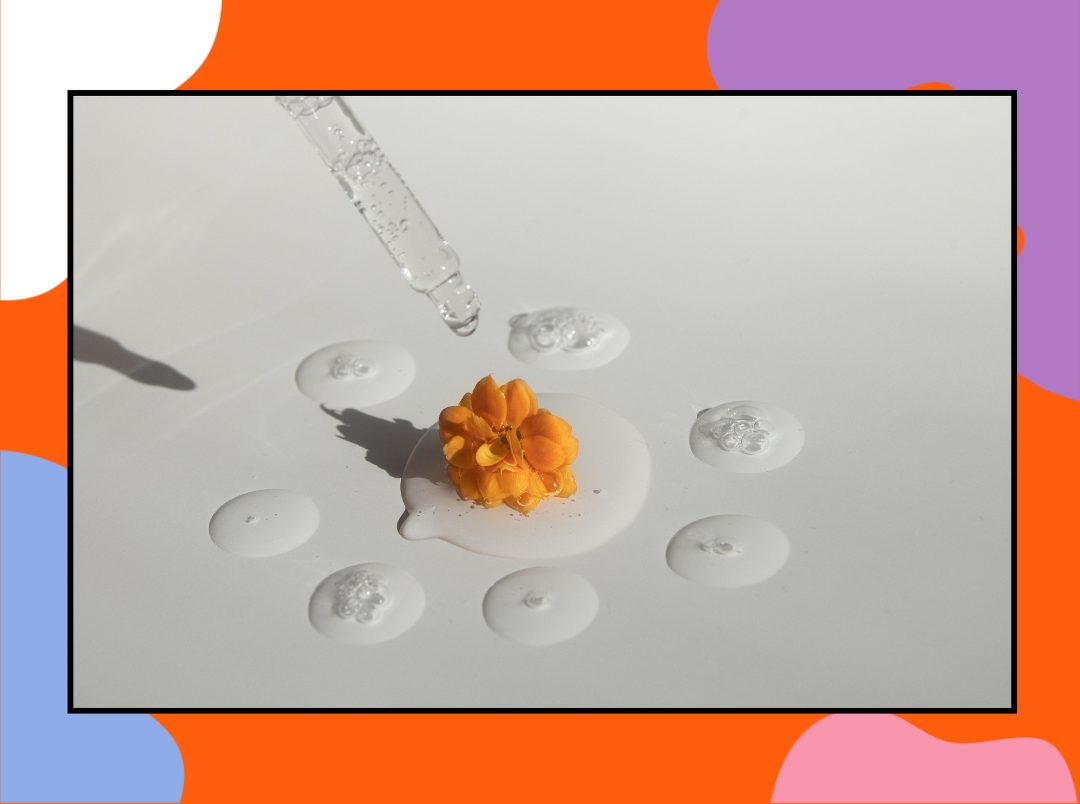Without fail, every dermat we’ve ever spoken to has told us to use retinol ( aka Retin-A, retinoids, granactive retinoids). Whether we’re asking for advice on dealing with acne, dullness, uneven skin tone, oily skin, fine lines, or just how to get healthy, glowing skin – they’ll always name-drop this miracle ingredient and insist that retinol is the answer to all our skincare woes. Think of it as the Ariana Grande of the skincare world – a skincare star.
With any skincare cure-all element as powerful as retinol, comes a myriad of questions and inevitably some confusion. Sure, retinol may not be for you – not every skincare product works for everyone – but don’t let the myths deter you from trying what could possibly be the answer to your skincare crises. To get to the bottom of the retinol rumour mill, we take a look into the common retinol myths you should probably erase from your minds.
7 Common Retinol Myths You Can Stop Believing Now

Myth #1: Retinol Thins Skin
Not only is this one untrue – it’s actually the opposite of the truth. Retinol doesn’t actually thin the skin. It might cause the compaction of the top most layer, but overall thickens the epidermis.
Myth #2: Retinol Shouldn’t Be Applied Around Your Peepers
The skin around our eyes is thin and fragile, and as such, falls prey to wrinkles and crows’ feet. You can absolutely apply retinol under and around the eye. But, be cautious when applying retinol around your peepers. Take proper precautions like moisturising the area beforehand to dampen the skin and use proper sun protection afterwards.
Myth #3: It Delivers Fast Results
Retinol is widely known as a miracle ingredient, but it doesn’t work overnight. Given the fact that retinol works by literally augmenting the biology of the skin, it takes real-time. Most studies show that it takes approximately 12 weeks to see a significant change in your skin texture.
Myth #4: Retinol Must Be Very Potent
If you have delicate skin, you can still enjoy the effects of retinol. There are now more ways than ever to get your retinol fix, from plant-based alternatives to gentle formulas. One of them? Retinol oils. If you’ve been hesitant to try retinol or have a shaky past with the ingredients, retinol oils may be a safe entry back in. It’ll help to adjust your skin to retinoids and allow you to avoid the sort of irritation and inflammation that sometimes accompany the early stages of potent retinoid treatment. Begin with a lower strength retinoid for a couple of nights every week, before building up to a daily application.
Myth #5: All Retinoids Are Made Identical
To effectively incorporate retinol into your routine, you must understand the different options available to you. Certain potent retinoids are available only with a prescription, while the over-the-counter retinoids tend to be a bit more all-encompassing – but can still be extremely effective for anti-ageing utilities. Over-the-counter retinoids are usually formulated to be gentler on the skin.
Myth #6: Retinol Causes Sun Damage
PSA: It’s not necessary to avoid daylight while using a retinol product. All you need to do is take proper sun-protection precautions, such as using an SPF 30+ sunscreen daily. Retinol in itself is not sun-sensitising.
Myth #7: Retinol Exfoliates The Skin
When we think of exfoliation, we think of chemical peels and scrubs. It’s important to note that retinol is not like alpha hydroxy acids (AHAs) and beta hydroxy acids (BHAs) that actually make the skin peel. The ‘exfoliation’ noted with retinol is more gradual and based on the way retinol can regulate how the skin makes itself rejuvenate.
Ready to add retinol to your skincare routine yet?
Featured Image: Pexels

_1.jpg)




